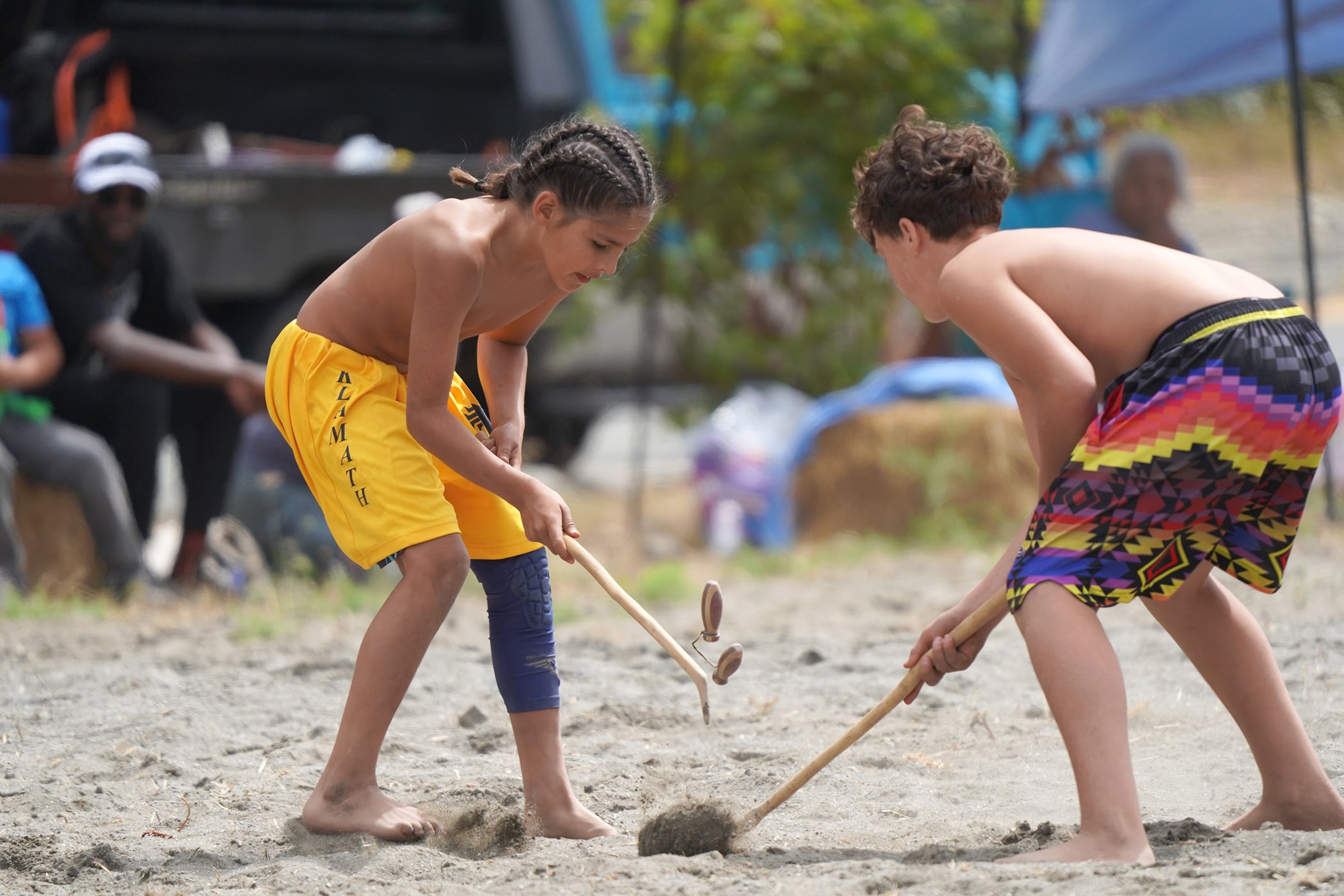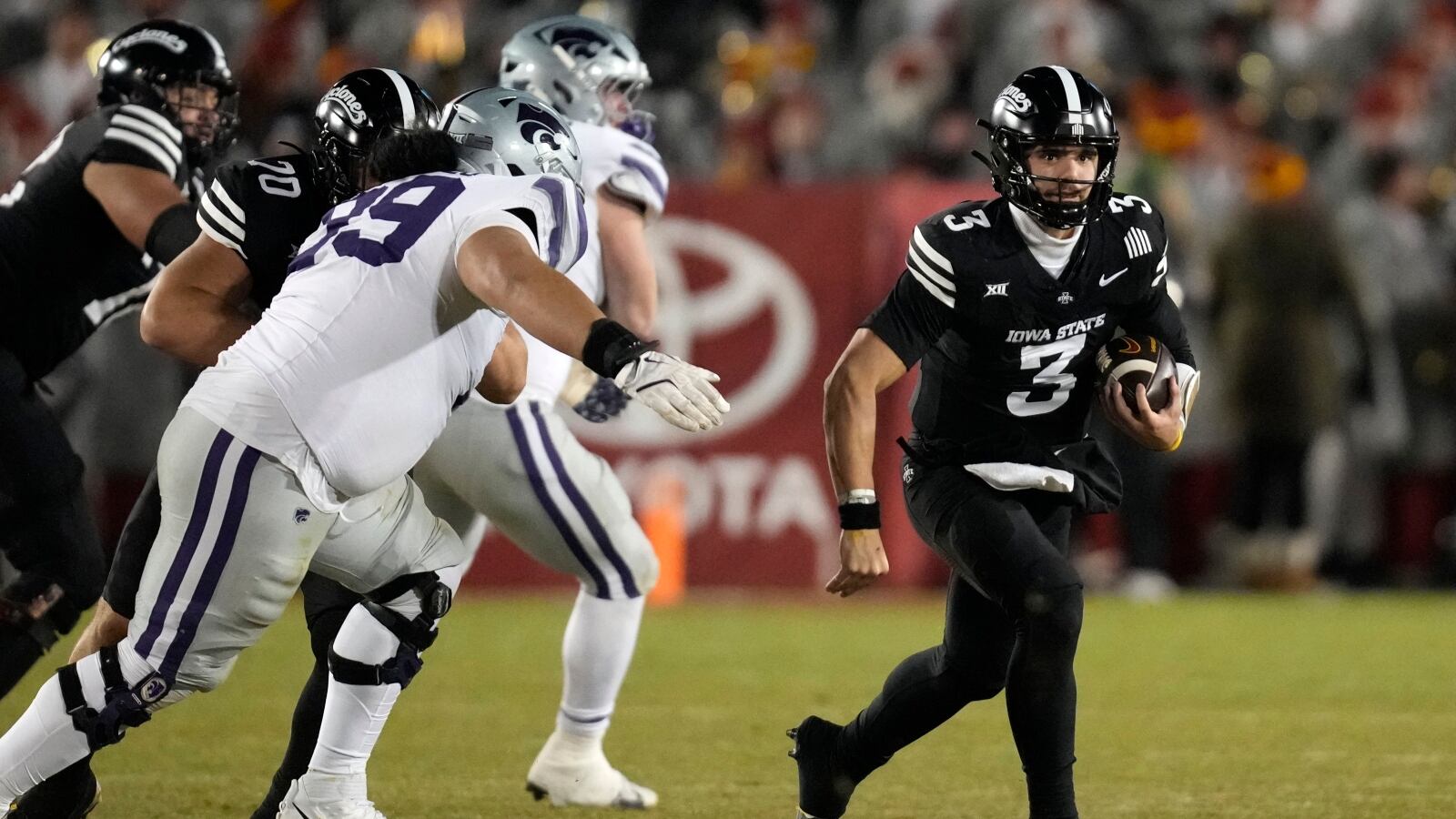This summer, teens and young adults from Klamath Basin tribes in northern California and south-central Oregon received international recognition for their 310-mile paddle across the newly free-flowing Klamath River in neon-colored kayaks.
The 30-day voyage, known as “source to sea,” began at the headwaters of the river, Upper Klamath Lake in Oregon, east of the Cascade Range, and concluded at the beach of Requa Village on the Yurok Reservation in California, where the river empties into the Pacific Ocean.
The world’s largest dam dismantling project came to an end with the successful kayak crossing. Four hydroelectric dams damaged Indigenous populations’ traditional lands, disturbed salmon runs, lowered water quality, and changed the ecology for over a century.
Additionally, the kayak expedition brought the most ambitious salmon restoration project in history to the attention of the world. According to the Yurok Tribe, thousands of fish began to repopulate in August 2024, a month after deconstruction workers broke down the final dam.
The 61st Yurok Salmon Festival and 5K fun run will take place in Klamath, California, on Saturday, August 16, from 9 a.m. to 3 p.m., inviting people to learn more about the Yurok Tribe and their rewilding of their environmentally unique stretch of the Klamath River.
The festival, which is held at the Yurok Tribal Headquarters at 190 Klamath Blvd., is free to enter.
Parade floats mirror the theme, which is commemorating the beginning of the Klamath River’s rebirth.
In a news release, Yurok Tribe chief Joseph L. James stated, “This year, we have every reason to be thankful because the Klamath River looks better than any other time in living memory, a powerful testament to dam removal and restoration.” Seeing the Klamath get better every day makes me happy.
Questions concerning the dam reductions and the ongoing Klamath River restoration efforts will be addressed by scientists such as a riparian ecologist or biologists from the Yurok Fisheries Department. Native trees, shrubs, and grasses such as narrowleaf milkweed, yellow gum plant, and Garry and black oaks are planted as part of revegetation operations.
Additionally, movies concerning the deconstruction of the Klamath River Hydroelectric Project will be screened at 11 a.m. and 1 p.m. Shane Anderson, a documentary filmmaker, will be present for a preview of his next feature film.Lucy Raven, an Undamming Klamathand artist, will be there to present her video, Murderers Bar.
There won’t be any salmon at the festival. The festival’s organizers anticipate having extra food to serve at subsequent events as a result of the dam closures.
According to Yurok Tribal Employment Rights Office director Justin Woods, “the river is our lifeline, so undamming it couldn’t be more important,” The Oregonian/OregonLive reported.
He noted that it is taking a great deal of time, technical and traditional knowledge, and effort to restore the Klamath River.
However, encouraging quantities of salmon showing up in our estuary give us great hope, he said. It’s realistic to assume that there will be enough fish to readily meet demand at the salmon festival in a few short years.
Additionally, attendees will have the opportunity to observe a basket weaving demonstration, support contestants in three tournaments, and browse over 150 merchants offering artisan-made jewelry, apparel, and other specialty products in addition to traditional foods like fried bread.
The Yurok Justice Center, located at 230 Klamath Blvd., will host a 5K Ney-puey Run/Walk prior to the celebration, which begins at 9 a.m. The Yurok word for salmon is ney-puey.
The procession begins at 10 a.m., followed by a stick game tournament at 11 a.m., an arm wrestling competition, and Blue Mountain Tribe live blues-rock music at noon.
Festival organizer Maya Mace of the Office of the Tribal Attorney remarked, “I always advise people to arrive a little early so they can set up their chairs to watch the parade.” To keep the kids occupied, there are also snow cones, slides, and bounce houses.
She claimed that watching the exciting and lively stick games was her favorite part of the event.
Klamath, a little town of 800 people, hosts a family-friendly festival that attracts up to 3,500 guests.
According to the Yurok Country Visitor Center, the Yurok people are legendary for their ability to fish, eel, weave baskets, build canoes, tell stories, sing, dance, heal, and use powerful medicine.
The Klamath Basin, which includes portions of Del Norte, Humboldt, Modoc, Siskiyou, and Trinity counties in California, as well as the majority of Klamath County and portions of Lake and Jackson counties in Oregon, was originally inhabited by Yuroks.
Members of the Klamath, Karuk, Quartz, Hoopa, and Warm Springs valleys, as well as the Tohono O’odham Nation of Arizona, were among the young people who crossed the Klamath River.
The Shasta Indian Nation, the Klamath River Renewal Corporation, and the Yurok Tribe worked together on the dam removal project.
The Yurok reservation is located along a 44-mile section of the Klamath River in portions of Humboldt and Del Norte counties.
The Yurok Tribe declared in June that it owned the Yurok Tribal Community Forest and Blue Creek Salmon Sanctuary, which are located 73 square miles from their original territories on the eastern bank of the lower Klamath River.
Over time, the environmental charity Western Rivers Conservancy paid $56 million to purchase the property, which had been logged for a century. The Yurok Tribe claims that the land transfer to them is the biggest land sale in California history.
According to a Yurok Tribe news release, the Klamath River’s fish and wildlife will now benefit from the management of the forest-land-enclosed cold-water refuge for forest complexity and old-growth health.
According to Woods, the wild and untamed Klamath River is a living thing that transcends man-made boundaries and has its own will, drive, and life force. We consider the Klamath River in its entirety, and we have the opportunity to shepherd its confluence with the Pacific Ocean.
If you go: The 61st Yurok Salmon Festival runs from 10 a.m. to 3 p.m., and a pre-festival 5K Ney-puey Run/Walk begins at 9 a.m. On Saturday, August 16, the Yurok Tribal Headquarters, located at 190 Klamath Blvd. in Klamath, California, was the focal point.
To find safe parking and shuttles that will drop people off and pick them up in front of the festival, use the Terwer Valley Exit (769) on U.S. 101 and follow the salmon signs on Klamath Mill Road.
Wear layers because it’s the seashore, Mace said. It can be hazy in the morning, but it gets warmer.
To clarify that the Tohono O’odham Nation did not settle in the Klamath Basin, a sentence in the story has been changed.
Janet Eastman writes on trends and design. You can follow her on X@janeteastman and contact her at 503-294-4072 and [email protected].






